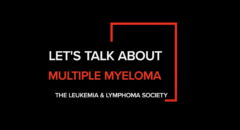
Both over-the-counter and prescription medications can make the skin more sensitive to sunlight, or “photosensitive.”
Symptoms of a photosensitivity reaction include redness, warmth, blisters, swelling, and sometimes rash.
Which medicines cause photosensitivity and why?
Prescription medicines most often responsible for photosensitivity reactions include the antibiotics tetracycline, cotrimoxazole, and ciprofloxacin.
Anti-inflammatory drugs such as indomethacin, nabumetone and diuretics (water pills) such as hydrochlorothiazide can also be responsible, among others.
There are also many ingredients in over-the-counter products that can cause photosensitivity reactions as well including bergamot oil, mint or citrus fragrance, and coal tar, a common ingredient in eczema and dandruff products.
Other over-the-counter culprits include pain relievers such as ibuprofen and naproxen; itch-stopping creams containing diphenhydramine (Benadryl cream); and acne medications containing benzoyl peroxide (Oxy 10, Clearasil Maximum Strength).
Additionally, some herbal products may also cause photosensitivity reactions, such as St. John’s wort, anise, dong quai, and Tribulus Terrestris.
RELATED: Sensitive Skin? Check Out These Sunscreen Optionslist of sun-sensitive medications
Prevention Tips
To prevent photosensitivity reactions, try to avoid sun exposure between 10:00 A.M. and 4:00 P.M.
If you must be outdoors, use a broad-spectrum sunscreen (one that protects against








